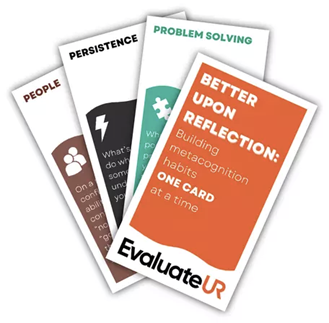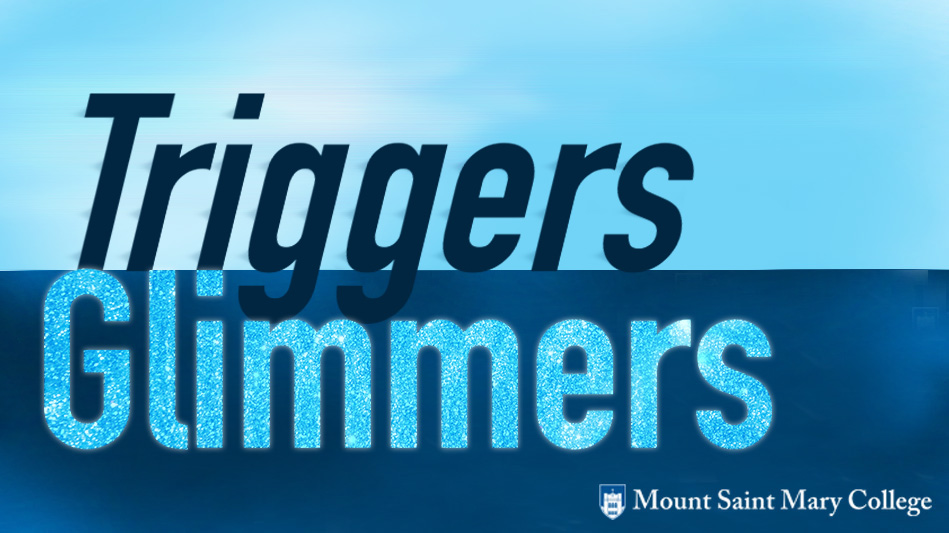Ed Nuhfer, Retired Professor of Geology and Director of Faculty Development and Director of Educational Assessment, enuhfer@earthlink.net, 208-241-5029
In The Feeling of What Happens: Body and Emotion in the Making of Consciousness(1999, New York, Harcourt), Antonio Damasio distinguished two manifestations of the affective domain: emotions (the external experience of others’ affect) and feelings(the internal private experience of one’s own affect). Enacting self-assessment constitutes an internal, private, and introspective metacognitive practice.
Benjamin Bloom recognized the importance of the affective domain’s involvement in successful cognitive learning, but for a time psychologists dismissed the importance of both affect and metacognition on learning (See Damasio, 1999; Dunlosky and Metcalfe, 2009, Metacognition, Los Angeles, Sage). To avoid repeating these mistakes, we should recognize that attempts to develop students’ metacognitive proficiency without recognizing metacognition’s affective qualities are likely to be minimally effective.
In academic self-assessment, an individual must look at a cognitive challenge and accurately decide her/his capability to meet that challenge with present knowledge and resources. Such decisions do not spring only from thinking cognitively about one’s own mental processes. Affirming that “I can” or “I cannot” meet “X” (the cognitive challenge) with current knowledge and resources draws from affective feelings contributed by conscious and unconscious awareness of what is likely to be an accurate decision.
“Blind insight” (http://pss.sagepub.com/content/early/2014/11/11/0956797614553944) is a new term in the literature of metacognition. It confirms an unconscious awareness that manifests as a feeling that supports sensing the correctness of a decision. “Blind insight” and “metacognitive self-assessment” seem to overlap with one another and with Damasio’s “feelings.”
Research in medical schools confirmed that students’ self-assessment skills remained consistent throughout medical education (http://files.eric.ed.gov/fulltext/ED410296.pdf.) Two hypotheses compete to explain this confirmation. One is that self-assessment skills establish early in life and cannot be improved in college. The other is that self-assessment skill remains fixed in post-secondary education only because it is so rarely taught or developed. The first hypothesis seems contradicted by the evidence supporting brain plasticity, constructivist theories of learning and motivation, metacognition theory, self-efficacy theory (http://files.eric.ed.gov/fulltext/EJ815370.pdf), and by experiments that confirm self-assessment as a learnable skill that improves with training (http://psych.colorado.edu/~vanboven/teaching/p7536_heurbias/p7536_readings/kruger_dunning.pdf).
Nursing is perhaps the discipline that has most recognized the value of developing intuitive feelings informed by knowledge and experience as part of educating for professional practice.
“At the expert level, the performer no longer relies on an analytical principle (rule, guideline, maxim) to connect her/his understanding of the situation to an appropriate action. The expert nurse, with her/his enormous background of experience, has an intuitive grasp of the situation and zeros in on the accurate region of the problem without wasteful consideration of a large range of unfruitful possible problem situations. It is very frustrating to try to capture verbal descriptions of expert performance because the expert operates from a deep understanding of the situation, much like the chess master who, when asked why he made a particularly masterful move, will just say, “Because it felt right. It looked good.” (Patricia Benner, 1982, “From novice to expert.” American Journal of Nursing, v82 n3 pp 402-407)
Teaching metacognitive self-assessment should include an aim toward improving students’ ability to clearly recognize the quality of “feels right” regarding whether one’s own ability to meet a challenge with present abilities and resources exists. Developing such capacity requires practice in committing errors and learning from them through metacognitive reflection. In such practice, the value of Knowledge Surveys (see http://profcamp.tripod.com/KS.pdf and http://profcamp.tripod.com/Knipp_Knowledge_Survey.pdf) becomes apparent.
Knowledge Surveys (Access tutorials for constructing knowledge surveys and obtaining downloadable examples at http://elixr.merlot.org/assessment-evaluation/knowledge-surveys/knowledge-surveys2.) consist of about a hundred to two hundred questions/items relevant to course learning objectives. These query individuals to self-assess by rating their present ability to meet a challenge on a three-point multiple-choice scale:
A. I can fully address this item now for graded test purposes.
B. I have partial knowledge that permits me to address at least 50% of this item.
C. I am not yet able to address this item adequately for graded test purposes.
and thereafter to monitor their mastery as the course unfolds.
In Part 2, we will examine why knowledge surveys are such powerful instruments for supporting students’ learning and metacognitive development, ways to properly employ knowledge surveys to induce measurable gains, and we will provide some surprising results obtained from pairing knowledge surveys in conjunction with a standardized assessment measure.



